Paper power: India fails to defend itself, but arms Armenia Caliber.Az analysis
India continues its course of expanding military-technical cooperation with Armenia, actively contributing to its militarisation. According to IADN, in July this year, Yerevan will receive the second batch of Akash-1S surface-to-air missile systems. Deliveries of this upgraded version of the Indian air defence system began last November and are ongoing within the framework of previously reached agreements. According to Armenian and Indian media, the purchase of 15 missile systems cost Yerevan $720 million.
The Akash-1S surface-to-air missile system is an updated version of the base Akash system, developed by the Indian defence agency DRDO. The primary purpose of the system is to protect important facilities and units from aerial attacks. The missiles are equipped with an active radar homing head, which theoretically ensures increased accuracy in targeting up to 30 kilometres in range and 18 kilometres in altitude. Among the claimed characteristics is the ability to track up to 64 targets and simultaneously engage up to 12 of them.
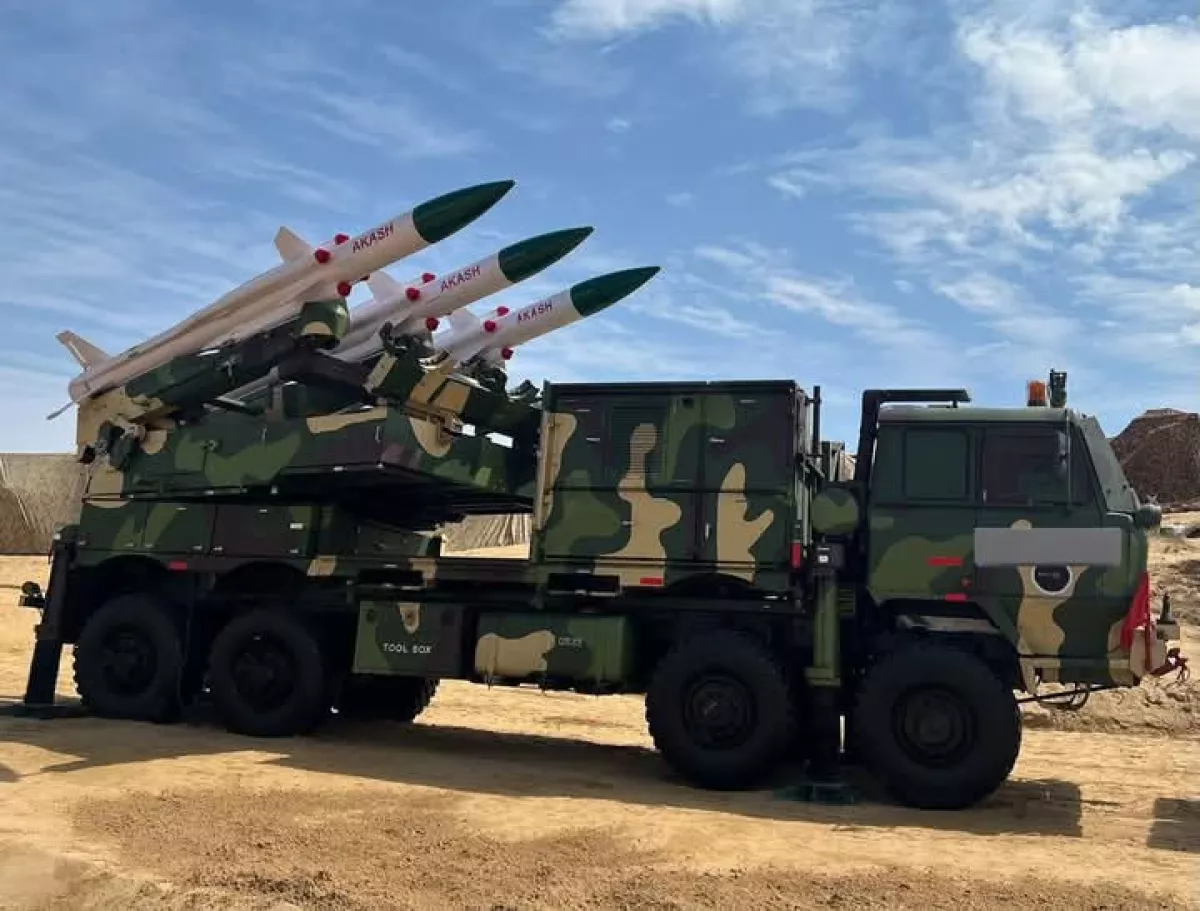
However, real combat conditions have once again proven that paper specifications often do not match reality. The Akash-1S was designed to counter traditional threats of past conflicts—namely, manned aircraft and cruise missiles. But today’s wars are fought according to entirely different scenarios, where the main role is played by high-precision unmanned aerial vehicles, kamikaze drones, and advanced electronic warfare systems. It is precisely in these critically important areas that the Indian system reveals significant weaknesses, struggling to counter low-visibility and highly manoeuvrable targets in complex operational environments.
Unsurprisingly, India itself is shifting its focus toward adopting a new generation of such systems, particularly the advanced Akash-NG complex. Notably, as early as 2021, India’s Defence Research and Development Organisation (DRDO) reported the successful testing of the Akash – Next Generation (Akash-NG) missile. The trials of this next-generation air defence system were conducted at a test range near the town of Chandipur in the eastern state of Odisha. The missile was launched from a mobile platform and is said to have achieved a flawless interception. According to reports, it successfully completed all test objectives, performing complex manoeuvres during flight. Throughout the test launch, the entire missile trajectory was closely monitored, and flight data was recorded using various tracking instruments.
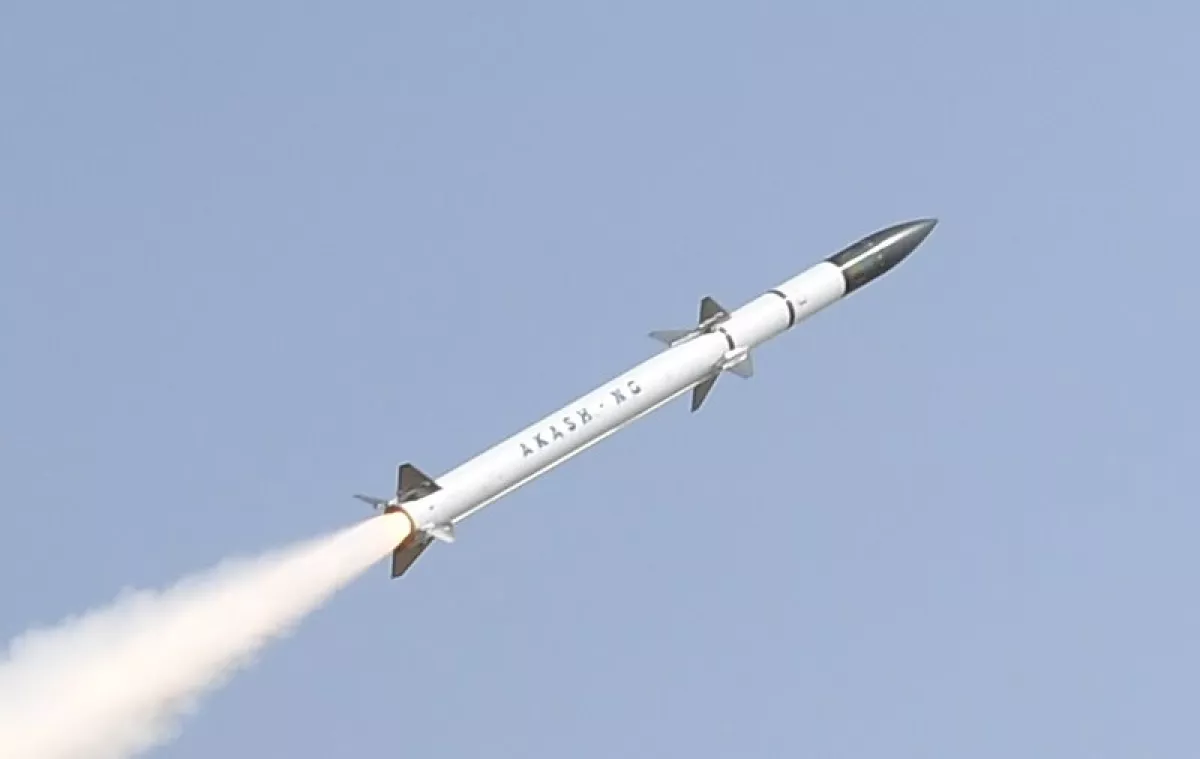
However, that is the Akash-NG, while the Akash-1S variant being supplied to Armenia remains, in effect, an intermediate product that no longer meets the demands of modern armed conflicts.
At the same time, India itself is currently facing deep internal challenges in ensuring its own security. Recent developments in South Asia have made this abundantly clear. The latest escalation between India and Pakistan exposed critical vulnerabilities in India’s defence doctrine. The crisis was triggered by the April 22 attack in Pahalgam, which claimed 28 lives. In response, India announced the launch of Operation “Sindoor,” making bold claims of striking alleged terrorist targets on Pakistani territory. In reality, however, the strikes primarily hit civilian infrastructure, further heightening tensions and drawing a wave of international criticism.
Pakistan responded swiftly and, importantly, with a high degree of professionalism. On May 10, it launched Operation “Lead Wall,” during which the Pakistani armed forces carried out precise and effective strikes on Indian military targets. This operation was not merely a retaliatory measure—it served as a compelling demonstration of how, even with limited resources compared to India, superiority can be achieved through sound military strategy and a focus on advanced technologies.
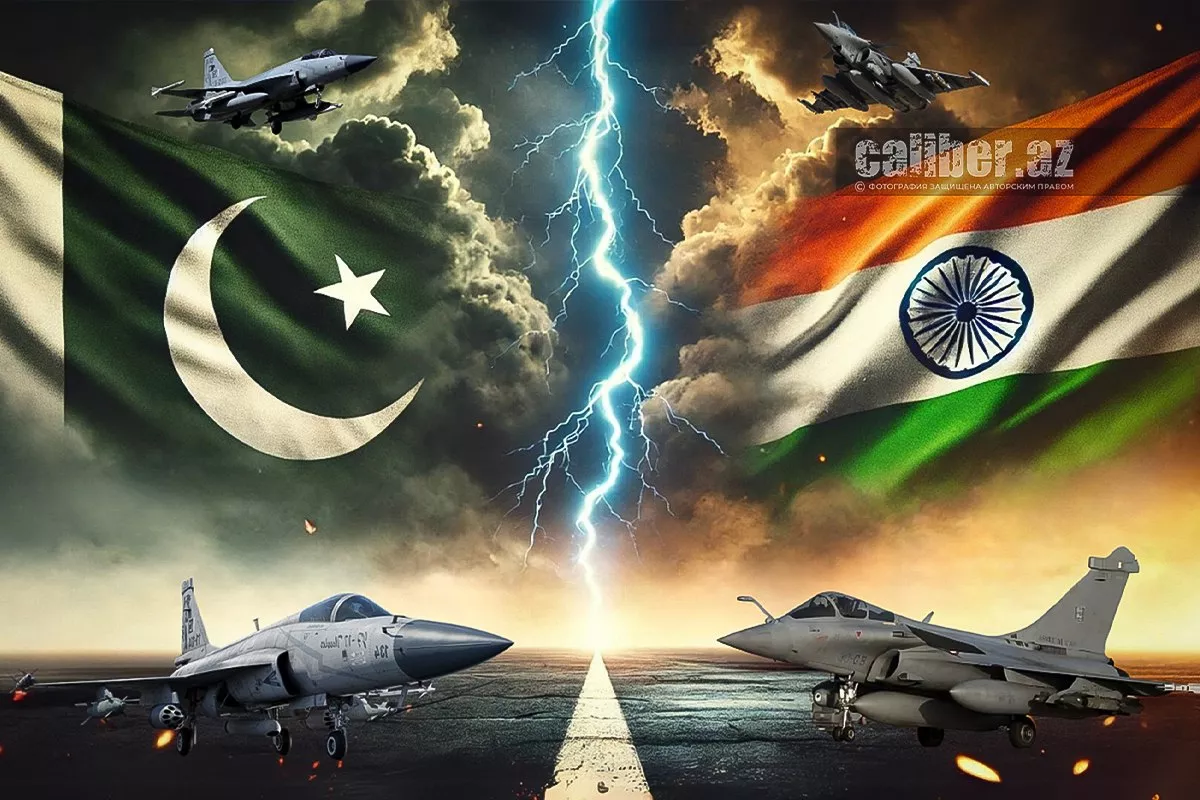
Particular attention was drawn to the actions of the Pakistani Air Force. Unlike India, which has invested in an expensive and diverse fleet of aircraft, Pakistan demonstrated the ability to use its available resources effectively. On the battlefield, the decisive role was played by the Pakistan-China joint-developed multirole JF-17 fighters, as well as the more advanced J-10C jets. These were equipped with long-range PL-15 missiles, capable of reaching up to 250 kilometres—enabling the destruction of Indian Rafale jets even before they crossed into Pakistani airspace.
What stung New Delhi the most was the sheer cost of these aircraft. The base price of a single Rafale fighter is around $85 million, but with enhanced configurations and optional add-ons, it can exceed $120 million. Moreover, under export contracts, the cost climbs even higher: a recent deal for 26 naval Rafale M jets cost India $7.4 billion—amounting to roughly $285 million per unit when factoring in weaponry, training, maintenance, and other associated expenses.
This raises a perfectly reasonable question: if India—with such an impressive arsenal and, at least on paper, a vast fleet of combat aircraft (before the recent hostilities, the Indian Air Force had over 1,622 aircraft)—failed to ensure its own defence, what level of quality is it offering to its arms customers, including Armenia?
It is increasingly clear that in modern warfare, it is not sheer numbers but the technological sophistication of weapons that determines the outcome of battles. The military confrontation between Pakistan and India has become a striking illustration of a new military doctrine—where the emphasis is placed not on quantity, but on long-range detection and precision strike capabilities.
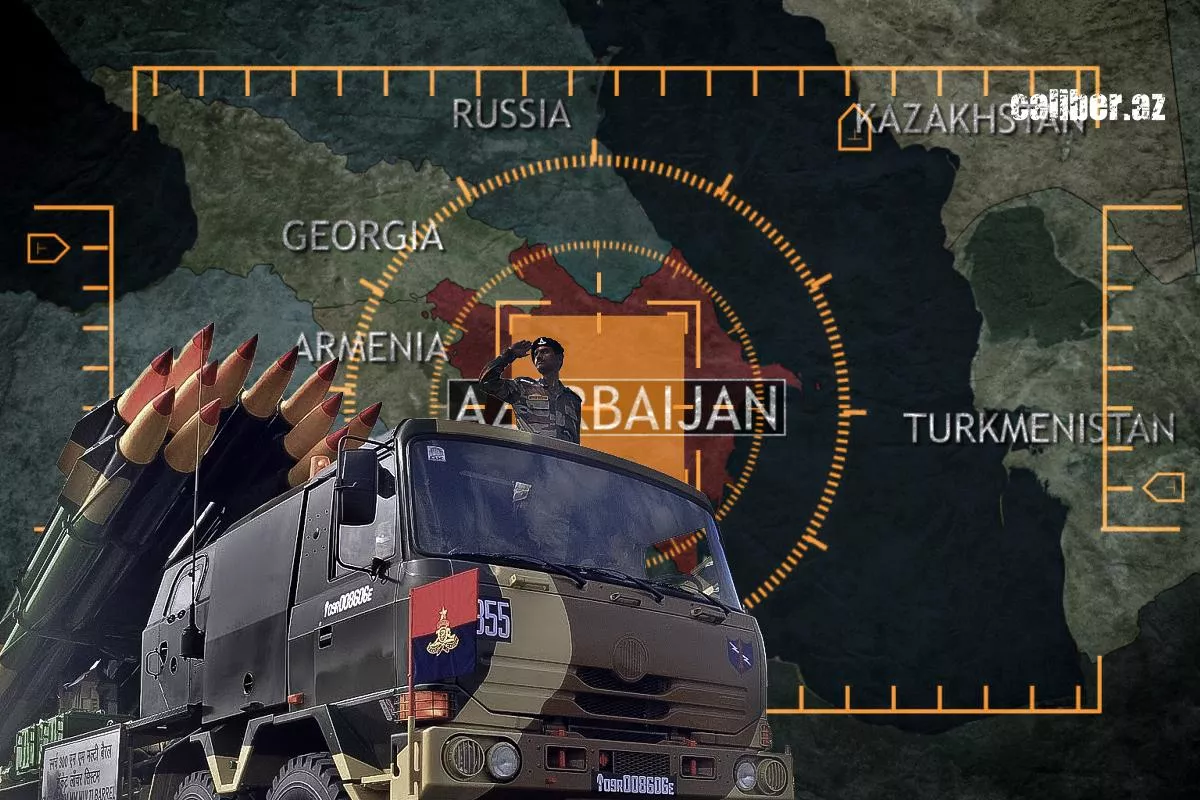
Modern aerial combat no longer involves close-range dogfights—everything is decided at long distances. The Rafale jets, despite being equipped with Meteor missiles boasting a 200-kilometre range, proved powerless against Chinese-made PL-15 missiles, which have a reach of up to 250 kilometres. The result was Pakistan’s complete dominance of the airspace without the need to deploy large-scale forces.
And this brings us to the key point. Azerbaijan, anticipating these trends, is already investing in weaponry that meets the most advanced requirements of modern warfare. The multirole JF-17 Block III fighters acquired from Pakistan have been presented to President Ilham Aliyev and are actively being integrated into the country’s unified security system. These aircraft, offering a well-balanced combination of cost and technological capability, are already participating in training exercises, significantly enhancing the operational potential of the Azerbaijani Air Force.
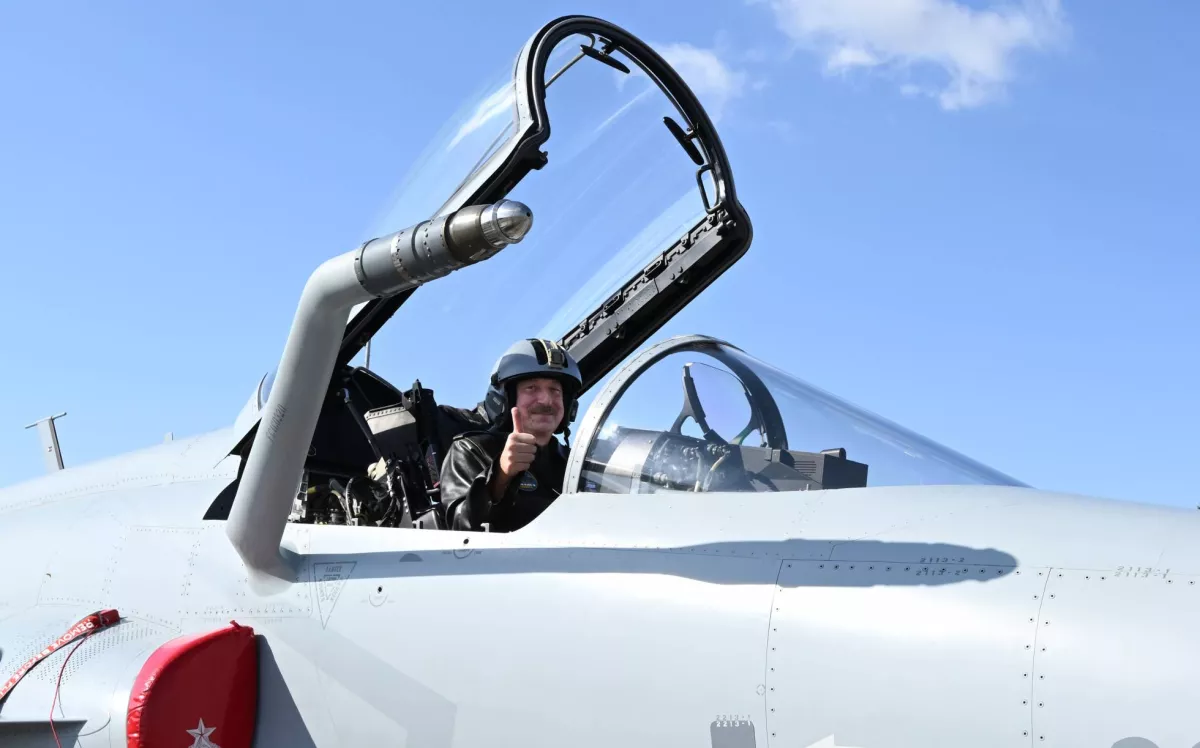
It is worth emphasising that India’s supply of Akash-1S air defence systems to Armenia is nothing more than a political gesture, devoid of real military-strategic significance. These systems are incapable of altering the balance of power in the region, and certainly cannot guarantee Armenia’s long-term security. On the contrary, such moves only heighten tensions by giving the Armenian side a false sense of security and diverting attention away from the need to seek sustainable solutions through political dialogue.
Azerbaijan, by contrast, is consistently implementing a forward-looking strategy, prioritising precision weapon systems, the integration of reconnaissance and strike UAVs, the development of electronic warfare capabilities, and network-centric defence concepts. This enables the country to confidently control its airspace, detect and neutralise threats at extended ranges, and respond effectively to any challenges that may arise.
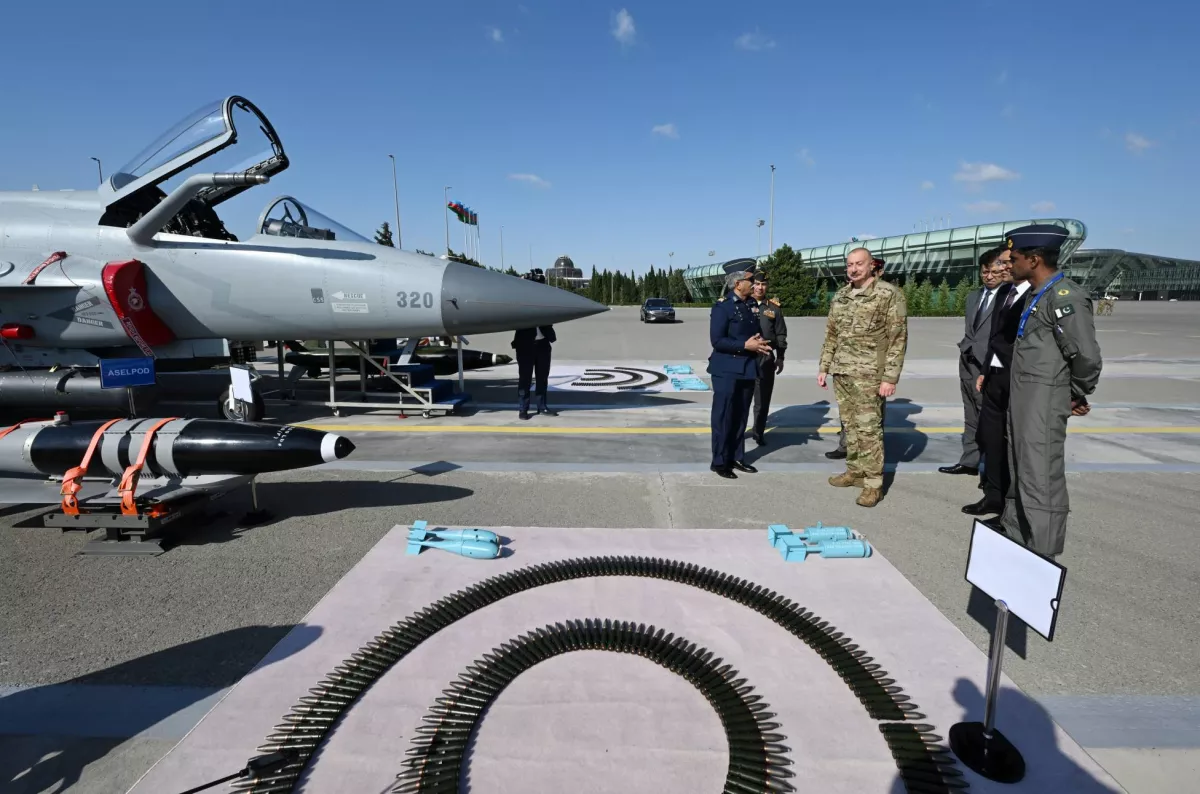
Today, the Azerbaijani Army prioritises not the quantitative build-up of armaments, but their qualitative enhancement—an approach that ensures the country’s long-term security and a high level of readiness for any potential scenario. This policy is grounded not in slogans, but in tangible results, technological superiority, and effective management of national defence.
Thus, while Armenia continues to seek illusory security through questionable weapon acquisitions, Azerbaijan is demonstrating a mature and pragmatic approach based on real capabilities and modern technologies. This is the key factor underpinning the country’s stability and security.








